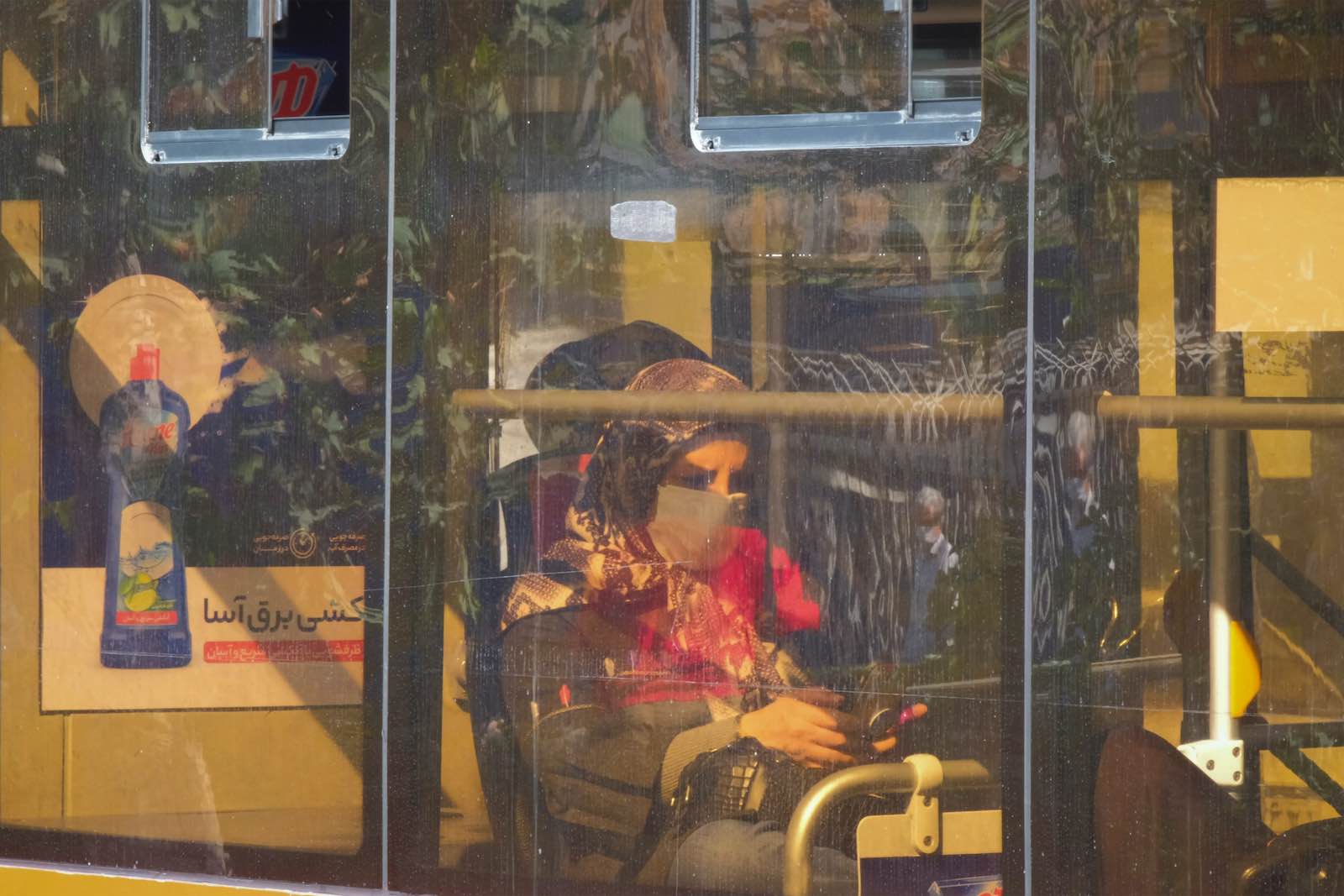The #MeToo movement is gaining traction in Iran, but its impact is unlikely to alter the status quo in the short term.
After sexual assault allegations calling out more than 100 men, including prominent members of Iranian society, first appeared on social media in August, women in Iran are having their own #MeToo moment, and the movement is gaining publicity. The latest high-profile figure to be accused of sexual misconduct is internationally acclaimed artist and French Legion of Honour recipient Aydian Aghdashloo, accused by more than a dozen women, mostly students, teachers and reporters, in interviews with The New York Times.
Despite the compelling nature of the allegations, it is difficult to believe that Aghdashloo will be held to account, particularly in light of the state media’s favourable support for him. Given he is a celebrated figure with deep connections to the ruling elite, Aghdashloo’s freedom, if not his reputation, is likely to remain unscathed. He has enduring relations with the political hierarchy, having curated museums for the Shah prior to the 1979 Islamic Revolution, and his continuing ties to the state no doubt afford him certain protections.
The allegations are having repercussions outside Iran and in the art world, however, with the Tehran Auction signalling its intent to remove Aghdashloo’s paintings from its showcase in December, and Iranian-Canadian women petitioning to exclude Aghdashloo from attending Ottawa’s prestigious Tirgan (Persian) cultural festival.
The readiness of individuals to expose men of Aghdashloo’s standing in a country where women have little access to legal recourse for sexual harassment reflects a deeper current of social resistance among a growing number of Iranian women. It is the latest in a series of protests by women who have long opposed the country’s mandatory hijab laws and who remain eager to engage social media platforms to campaign for women’s rights.
Read the article by Melissa George in The Interpreter.

